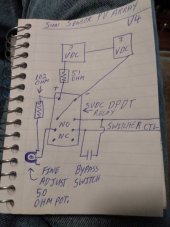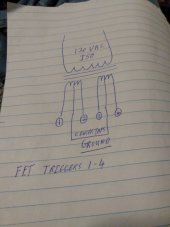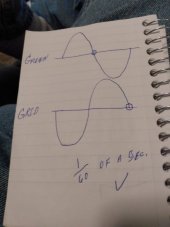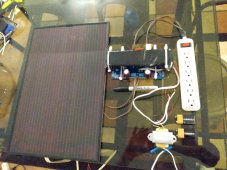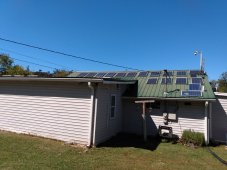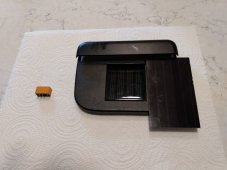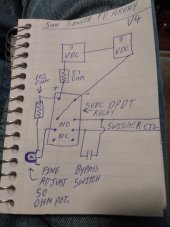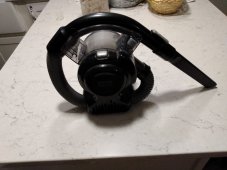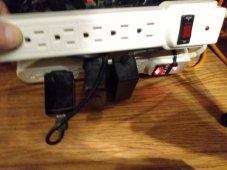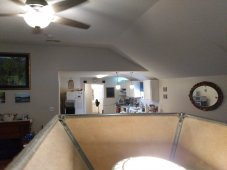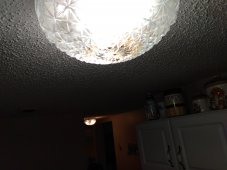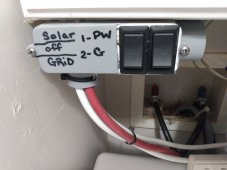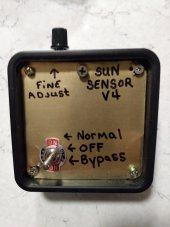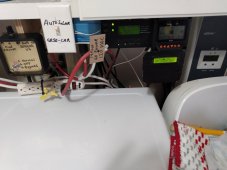GridWorks Green Solar
Solar Innovator
Update on fuse testing:
General protection for the 1000 watt pure sine power board 120 volt AC output in the 800 watt 9 panels configuration is 6amps 250 VAC fuse, on the PV array 5 amps 250volt max per each set of 9 panels but if you don't need max power 4 amp fuse make things more safe.
In the 2000 watt power board 1600 watt 18 panels configuration a 12amp 250 volt fuse on the pure sine power boards output will protect the FETs on the factory spec boards.
You can get more out of these power boards just attempting to set some safe limits.?
Recommend good quality DC switches rated for at least 200VDC!
180 VDC makes one heck of an arc especially when it coming off one end of your safety fuse ?
General protection for the 1000 watt pure sine power board 120 volt AC output in the 800 watt 9 panels configuration is 6amps 250 VAC fuse, on the PV array 5 amps 250volt max per each set of 9 panels but if you don't need max power 4 amp fuse make things more safe.
In the 2000 watt power board 1600 watt 18 panels configuration a 12amp 250 volt fuse on the pure sine power boards output will protect the FETs on the factory spec boards.
You can get more out of these power boards just attempting to set some safe limits.?
Recommend good quality DC switches rated for at least 200VDC!
180 VDC makes one heck of an arc especially when it coming off one end of your safety fuse ?
Last edited:



